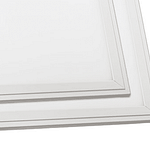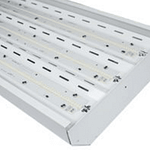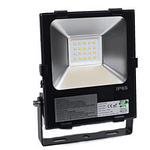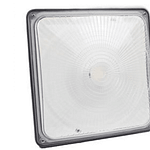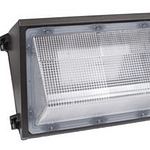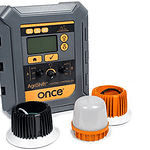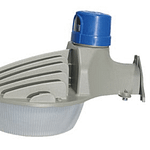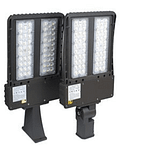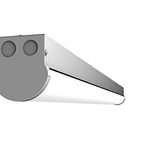LEDs have proven themselves to be better and brighter than traditional bulbs, as well as much more multifunctional. LEDs, in numerous studies, have shown to help patients improve when in the hospital, increase learning in classrooms, even open the doors for urban farming. LEDs appear to be an amazingly versatile product. So what’s up next on its docket? According to Yole Développement, sterilization!
LEDs and Bacteria
In past blogs, we touched on why LEDs make great lights for cold food storage and grocery stores, due to their ability to reduce bacteria growth on perishable food products. We discussed how bacterias have light sensitive compounds that absorb light. Exposing bacteria cells to blue LED lights will trigger a response that then causes the cells to die, leaving your perishable fruits, vegetables and meat fresher longer.
LEDs and Sterilization
Knowing what we know about LEDs in grocery stores and cold food storage, how does this translate to sterilization and disinfection? A sterile environment is one where there are no bacteria or viruses present. When you think of sterile, you think of medical instruments, operating rooms, dentist offices. Most disinfection today is done with chemicals or barrier materials, and these are expensive and potentially dangerous to transport.
LED lighting offers the opportunity to use UVC (short-wavelength ultraviolet radiation) as a way to easily sterilize and disinfect certain surfaces and materials. Plus, with the portability of UVC, the opportunities for using sterilization techniques in new ways is endless!
Until recently, UVC used lights containing mercury, and therefore was not widely used. Due to the mercury vapor these lights gave off, they required expensive and heavy caging and barriers. Hardly efficient or portable. With the development of LEDs, which contain no mercury and can be fit into much smaller and more easily managed devices, UVC is becoming a more viable option for sterilization.
LED UVCs Have a Few Hurdles to Clear
While this innovation would be groundbreaking in the medical field, there are a few hurdles left for LEDs to jump before it becomes a reality. In recent attempts to create LED UVC lights, only about 5 percent of the energy was converted into light, while 95 percent was simply generating heat. LED UVC lights are also created to destroy all organic material, meaning the packaging of the light cannot contain any organic material. No glues, injection mouldings or solder masks are also allowed in this product.
Yet, when this LED UVC product reaches the finishing line, it could mean new methods of medical sterilization to new methods of clothing dry cleaning!
Stay up-to-date with Sitler’s Blog!
Stay in the know with Sitler’s LED Supplies’ blog! Follow us on Facebook and Twitter as well to be notified of our upcoming events, trade shows, installations, blog postings and more!
Posted in LED Products and Innovations




